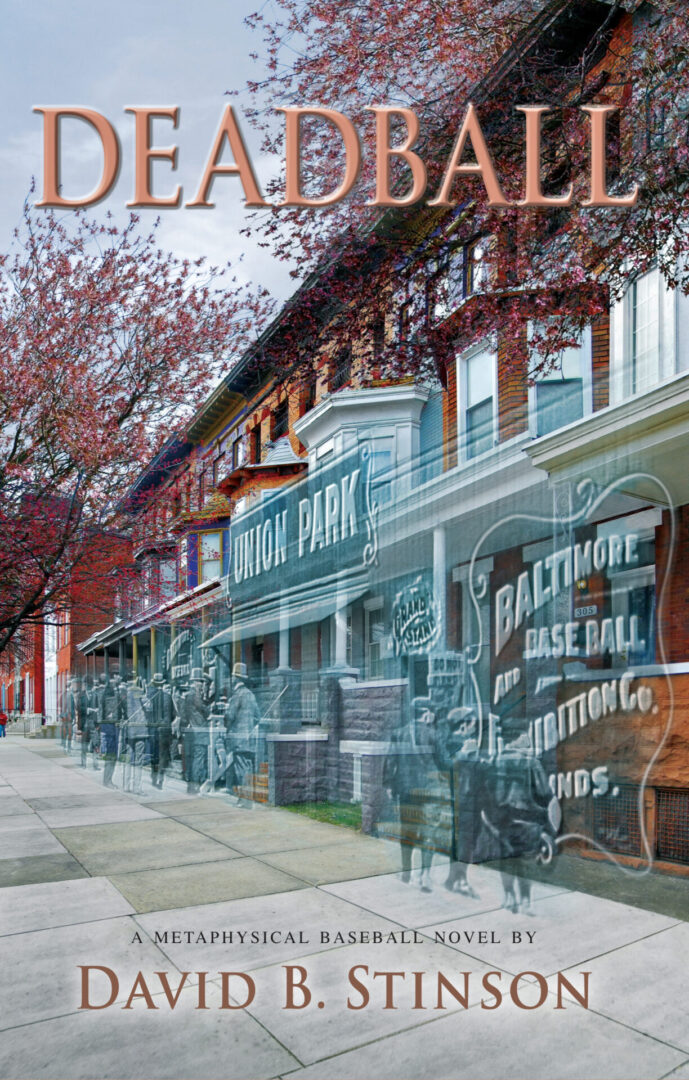Knights Stadium was located at 2280 Deerfield Drive in Fort Mill, South Carolina. The ballpark was the home of the Southern League Charlotte Knights from 1990 to 1992, and the International League Charlotte Knights from 1993 to 2013. During those years, the Knights were an affiliate of the Chicago Cubs (1990 to 1992), the Cleveland Indians (1993 to 1994), the Florida Marlins (1995 to 1998), and the Chicago White Sox (1999 to 2013).

Just as the NFL Washington Redskins play their home games in Maryland and the NFL New York Giants play their home games in New Jersey, the Charlotte Knights played their home games not in North Carolina, but across the state line in Fort Mill, South Carolina.
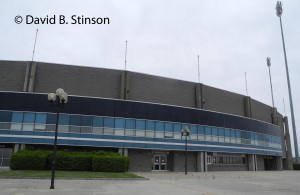
Originally known as Knights Castle, the ballpark was constructed in 1989 by then-Charlotte Knights owner George Shinn. Shinn at that time also was owner of the NBA Charlotte Hornets (now the New Orleans Pelicans).
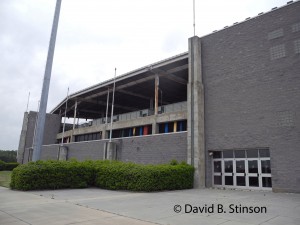
At the time the ballpark opened, Shinn, and others, had hopes of luring a Major League Baseball franchise to Charlotte. As such, the stadium was designed to MLB specifications. Although the ballpark held only 10,000 when it first opened, the plan was to expand seating to 40,000 should Charlotte land a major league team.

The need for an adequate area in which to expand is one reason the ballpark was located along I-77 in Fort Mill, South Carolina.
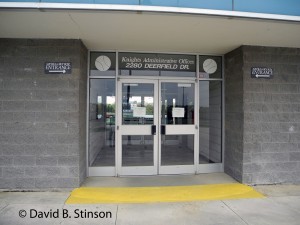
The ballpark opened just two years before the advent of the retro ballpark boom ushered in by Orioles Park at Camden Yards in 1992. The ballpark’s exterior reflected this fact, with a rather uninspired facade constructed largely of gray concrete bricks.

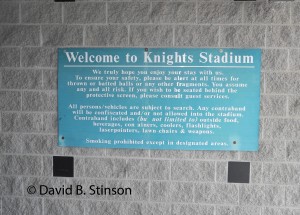
Because the ballpark was constructed in hopes of expanding to 40,000 seats, the stadium concourse was considerably larger than typical minor league ballparks of that era.
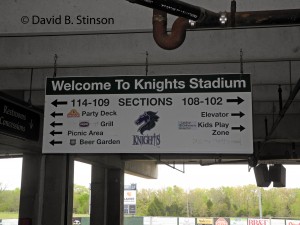

The concourse along the left field line included a large picnic pavilion which could be converted to additional grandstand seating in the event Charlotte was awarded a major league team.

The grandstand seating along first and third base included rows of multi colored plastic seats, perhaps a nod to the textile mills that once were a large part of the local economy.
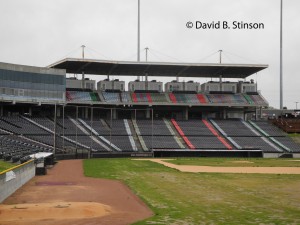
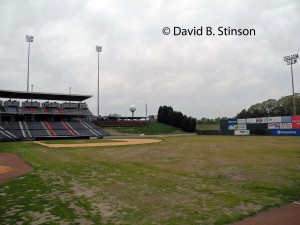
The press box behind home plate included the Home Run Cafe on the second level.

Because of the ballpark’s location along I-77, and the hopes of expansion, Knights Stadium was surrounded by open fields and an overabundance of parking.
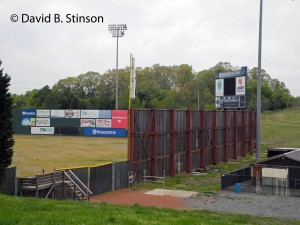

After many years of debate, and once it became clear that Major League Baseball was not moving to Charlotte, a decision was made to construct a new ballpark in Charlotte Center City (sometimes referred to as Uptown Charlotte).
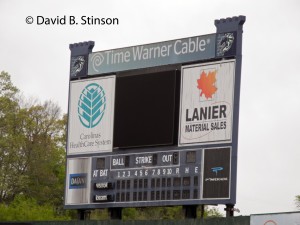
The Knights played their last game at Knight Stadium in 2013, and in 2014 moved to brand new BB&T Ballpark, located 15 miles northeast of their former home.
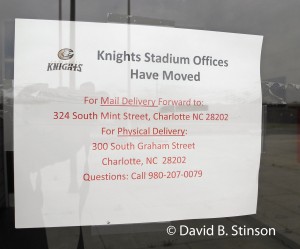
The contrast between Knights Stadium and BB&T Ballpark is remarkable, both in design and location.
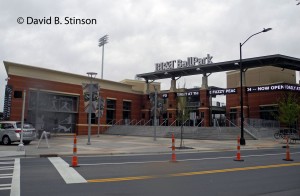
There can be little debate that BB&T Ballpark, located in the heart of Charlotte, is one of the finest minor league ballparks in the country. In 2014, the team averaged 9,000 fans a game.
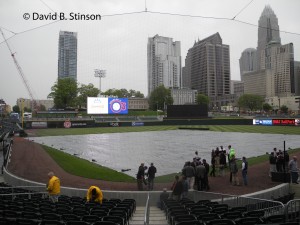
In 2014, York County, which owned the ballpark, sold Knights Stadium and the 32 acres that made up the stadium property, to a Charlotte-based Cato Corporation. In 2015, Knight Stadium was demolished. Although it is unknown whether Cato Corporation’s planned distribution center will include any tribute to the lost ballpark, one reminder of Knights Stadium still stands. Along I-77, near the exit to Knights Stadium’s former site, is a water tower in the shape of a baseball.

After only 24 seasons in existence, Knights stadium is now just another lost ballpark.
